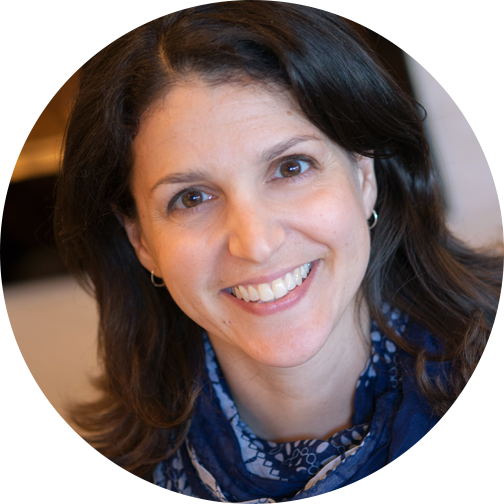I’ve been drawn to social emotional learning for some time. I was both impressed and intimidated when I saw others run a socio-emotional lesson. How could I possibly do that? Last October, during the height of the pandemic, I read an article from a teacher explaining a daily check-in he does with his students. For some reason, that daily check-in was it. So last year, in Zoom at the beginning of class, I asked students to share a number from 1 (not so good) to 5 (woo hoo) to tell me how they are and include a reason if they wished. Students responded in Zoom chat—some to the whole class and others just to me. This year, since we are one-to-one with laptop/Chromebooks, I’ve changed the connection to a Google Form. I learn so much about the climate in my classroom from these check-ins! I can nearly instantly know when a student needs extra support and then I provide it. And once I collect the data, I have the students take a moment, with three deep breaths, to become fully present to where they are and to know that it is OK to be there. When surveying my students at the end of last year about their experience, the most frequent comment I received was how much the students liked the daily check-in.
– Bob Capriles, Kaleidoscope Writing Retreat Participant
I learned recently that there are no real answers to teaching problems; when we give a “black and white” solution to a teaching problem because it worked for us does not mean it will work at all for another teacher in a different context. If we really want to give good advice it is useful to say something more like, “Here is what I tried as a solution to my problem and here is some data showing it worked,” rather than saying, “This is the absolute solution to this particular teaching problem and all teachers should do it this way.” Even though I think I knew this somewhat already it was really good to hear another teacher say it out loud and be reminded of it, especially when we take on informal and formal leadership roles in the teaching profession.
– Sharon Johnson, Knowles Senior Fellow
Recently, I learned to communicate with colleagues, other teachers, and staff at times that considered more than my own schedule and immediate needs. I accidentally learned this through interaction with different Knowles program officers between years three and five of the Fellowship. One program officer would respond to texts almost as shockingly fast as I do, while another would respond at a later time. This was an important moment for me. It made me think: “This thought/issue can wait until another time besides 9 p.m. when I had it!” or “Just because I send a message at 6 p.m. does not mean they need to read it/see it/respond to it as fast as I would.” This has helped me make notes for myself and led to the realization that my thoughts or requests for help CAN WAIT. And if they can’t, I need to text a different person or realize that’s my own issue. This idea has trickled on down to how to support colleagues and even how/when I respond to messages/email. I don’t NEED to respond to a work text while I am out to dinner. It’s OKAY! You’re not a horrible person/teacher/colleague because you are busy or taking your own personal time.
-Anthony Tedaldi, Knowles Senior Fellow
I always learn from what Fellows share at the Knowles Summer Conference! During Summer Conference in 2021, I learned about trauma-informed strategies for teaching about climate change. It was really interesting to hear from teachers how they are thinking about helping students understand climate science without feeling overwhelmed or hopeless, and helping them identify ways to take local action.








